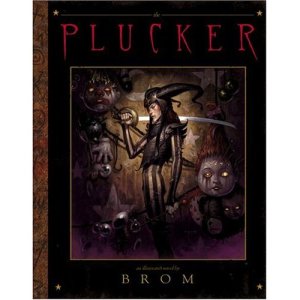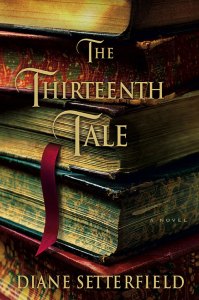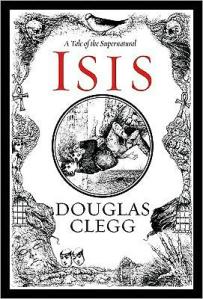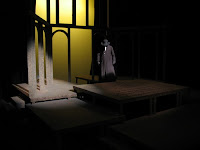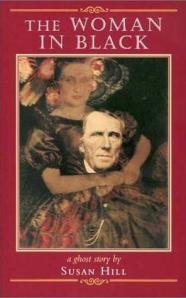 I guess scary books just don’t scare me.
I guess scary books just don’t scare me.
The Woman in Black tells the tale of Arthur Kipps, a young solicitor who has been sent to the north of England to tidy up the affairs of old Mrs. Drablow. Despite warnings from all the townsfolk that Mrs. Drablow’s house is haunted, the fool decides to spend the night. Terrible things ensue. The book inspired a movie starring Daniel Radcliffe that is a scary, scary movie that I never want to see.
The book, however … reminds me of the limitations of the print medium. Books don’t do jump scares very well. Sure, the apparition of the woman with the wasted face would have been pants-soilingly scary to Arthur Kipps, but for me the reader the filter of words has taken away most of the terror. It read more like a delicious neo-Victorian novel. I luxuriated in the descriptions of social class, the autumn winds over the British moors, and above all the long sentences with multiple dependent clauses.
To me, scary movies are way scarier than scary books. The Turn of the Screw? Eh. Rosemary’s Baby? Beloved? Didn’t faze me. But if I ever see a weeping angel in a dark alley oh god oh god oh god…

